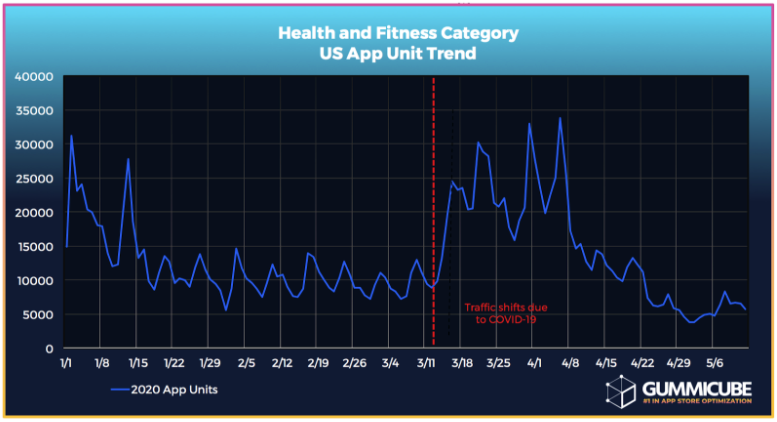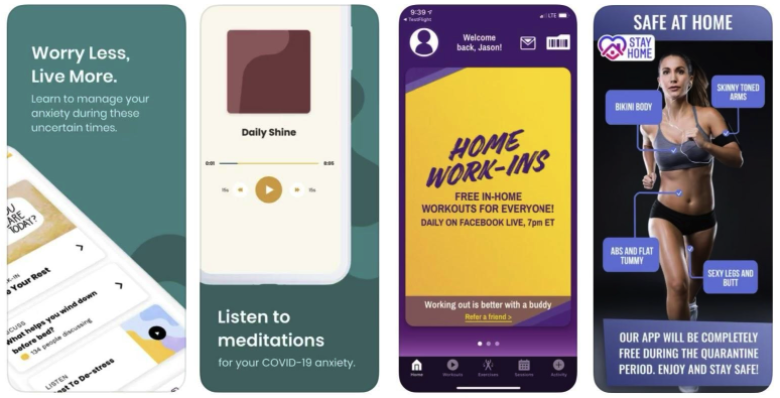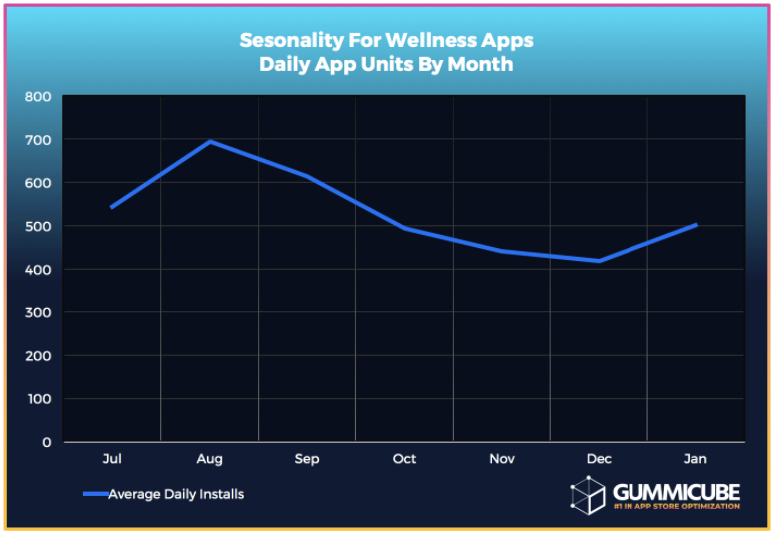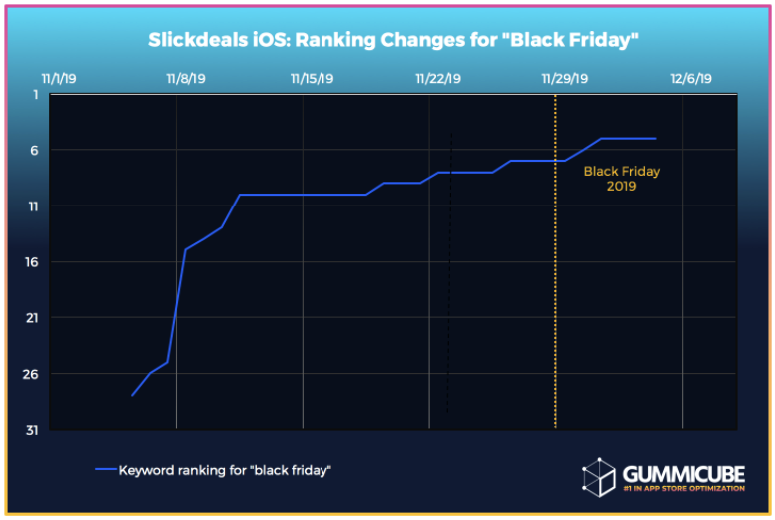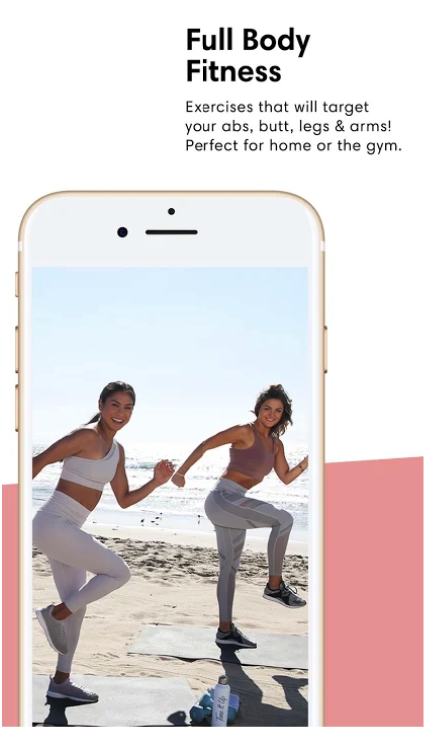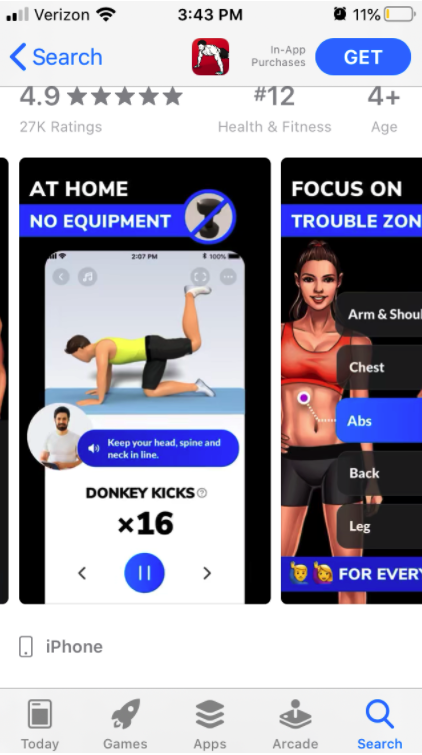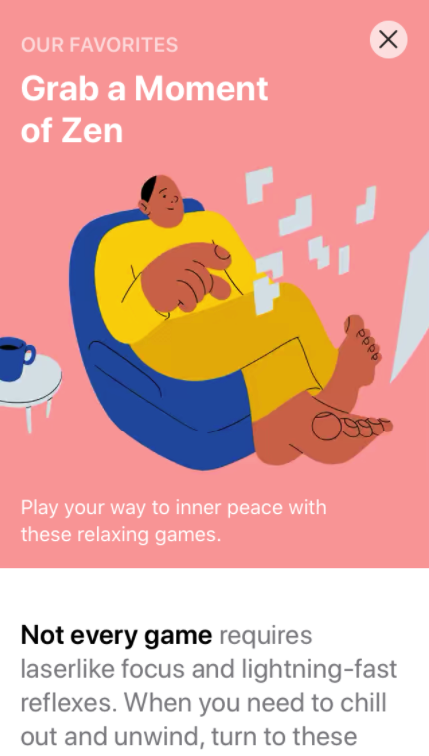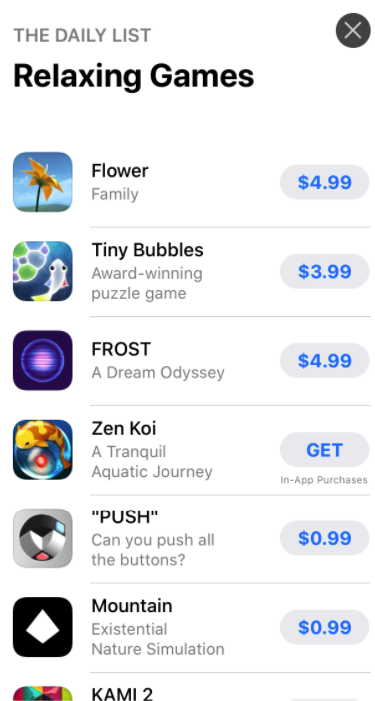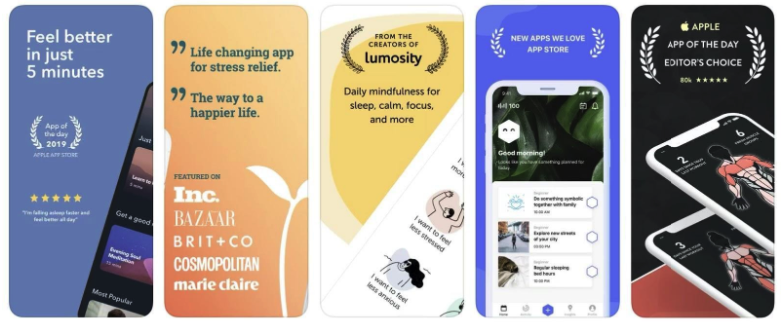Are you ready to rise in the wellness and fitness app markets? If you want to succeed, you need to master your app marketing. While there may always be a demand for fitness and wellness, are there seasonal impacts that developers can take advantage of?
App marketing ideas should constantly grow and evolve with changes in the world. There is a season for all things, such as changing needs for fitness and wellness throughout the year.
Everything from changing weather conditions to current events can impact wellness apps. Developers that can keep up with these changes have the best chances of success.
For instance, when US companies began mandating their employees to work from home in March, Health and Fitness apps saw a sudden increase – Daily App Unit trends for those apps grew in volume by in some cases by 200%.
Although no one was prepared for the pandemic, apps that were optimized could adjust their marketing strategies quickly and take advantage of the sudden rise in demand. Those that weren’t were caught unaware and began to decline.
These apps updated their creative sets to focus on current needs.
Properly executing App Store Optimization can help apps prepare for changes before it’s too late. By tracking keywords, trends and activity, developers and ASO teams can avoid any unpleasant surprises.
Monitoring Seasonality & Trends
You might be wondering: what is ASO? App Store Optimization is an iterative process of updating your app to maximize impressions, installs and keyword rankings. No matter the season, It is important to frequently update with improved iterations to keep up with trends, or else you will fall behind your competitors.
ASO is a constantly shifting, competitive field. There is no guarantee that a position you hold today will remain tomorrow. Monitoring and updating your strategy is essential.
A key component for ASO is monitoring trends and seasonal patterns. For instance, seasonal peaks for wellness apps typically occur in August, before declining month over month. They then peak again in January, as users make their New Year’s Resolutions.
Understanding these patterns can help you prepare and release updates accordingly. Failing to do so will result in being poorly equipped to launch updates, so you’ll miss the prime times for traffic and fall further behind throughout the rest of the year.
App Store Optimization can help developers combat these changes, even when they’re unexpected. Without it, the next surprise could spell disaster.
How Seasonality Affects Wellness Apps
If you want to remain competitive during seasonal peaks, you need to prepare in advance. You can start targeting terms like “summer body” before summer begins to start indexing for them. If not, you’ll be playing catch-up with competitors that did.
Understand how changes in the seasons and weather, seasonal activities, current events and more can impact what features are in demand.
Keeping up with and anticipating changing user trends can make a big difference in how well an app succeeds.
As An Example
To see seasonality in action outside of fitness, look no further than Slickdeals. At the start of November 2019, the daily deals app updated its keywords and page listing to include “Black Friday” terms. This gave it time to index for the keyword in advance of the event.
As Black Friday grew closer, Slickdeals’ ranking for the term continued to increase. By the time the day arrived, the app ranked #7 for the keyword. By tracking its ranking, we can see remarkable growth in just under a month.
Once Black Friday was over, Slickdeals removed the keyword from its metadata. The keyword served its purpose, but it was time to move on to the next season.
This goes to show how anticipating events and targeting them in advance can create impressive growth for a mobile app. The same tactics can apply to health and wellness apps during their seasonal peaks.
Staying Relevant with Conversion Optimization
Preparing an app for seasonal changes is a multi-step process. Creative sets should also be updated to keep up with changing trends and demands.
Seasonal Creatives
Be sure to apply seasonal changes to your creatives, including the icon, screenshots and video. If you don’t, users won’t be able to see how your app relates to their needs and will pass it by.
Seasonal updates can include:
- Adjusting the in-app imagery to focus on current wellness trends
- Changing the background scenery based on the season
- Using screenshot copy that discusses current wellness concerns.
Adapting creatives to the season shows the app is up to date and can apply to current needs.
Seasonal changes can help set an app apart from its competition by remaining directly relevant to current user needs. Your app needs to stand out from the pack, rather than fade into otherwise crowded search results.
For instance, with the shelter in place orders preventing people from going to gyms, apps for fitness and yoga began targeting “at home workouts” in their screenshot copy. This connects to current needs and addresses how it can help users, giving them an edge over apps that don’t.
Fitness apps that call out ‘workouts from home’ are seeing an increased demand while gyms stay closed.
Screenshot copy should reflect the keywords you’re targeting. If users see screenshots with text directly relating to their search queries, they’re more likely to install the app. Without it, they might not see the connection and will find a competitor more clearly related to their needs.
Featured Lists & Accolades
Not only does seasonality help developers keep up with changing user interests, it can also potentially help the app get featured. Both Google and Apple showcase custom lists of apps on their stores, including lists of seasonal apps such as “Our Favorite Fall Apps.”
Apple uses featured lists to highlight outstanding apps that fall within specific themes.
Apps that update for seasonality have the chance to be included in these lists. Highlighting their seasonality within the app listings, such as by saying “Stay healthy this summer” or “beat the winter blues,” can help improve the odds of being noticed.
Benefits of Being Featured
Featured lists provide a great boost to visibility. This, in turn, can improve downloads and the overall rankings within the stores.
Being included in multiple featured lists, such as a list for summer apps and a list for wellness apps, provides more opportunities to reach users.
Being included in featured lists can provide increased visibility for mobile apps.
Submitting Your App for Features
The question is: how can you get your app featured? Featured apps are not just selected at random. Developers are allowed to submit their apps for featuring through Apple’s developer website.
This is where you can tell them what your app is, why it matters and what makes it special. You need to impress Apple’s reviewers, otherwise it may never be featured.
The submission form has fields for describing your app, linking to additional information and telling them your story – use this opportunity to show Apple what makes your app special.
Incorporate Accolades
Of course, you should let users know why they’ll love your app. Incorporating accolades is a popular trend among wellness apps, as it provides endorsements and remains relevant.
Keeping up with these trends is also vital to ensure you stand out among the competition. Why should users trust your app, when a competitor has won awards for theirs?
Overall
Wellness apps can utilize seasonality to continue reaching users as their needs change, whether it’s with the seasons or due to unexpected events. This requires updating to both the user-facing creatives and the keywords for the app, otherwise your visibility can suffer.
Work with your development team to create an ASO strategy and maintain it throughout the year. Doing so will help your app keep up with seasonal and unforeseen changes, whereas failing to plan ahead will make you fall behind.
By optimizing with seasonality in mind, your app will be more likely to reach users no matter what the latest trends or events may be.
About the Author
Gummicube Co-Founder & CEO, Dave Bell
Gummicube is a global leader in App Store Optimization with more than 11 years of experience optimizing and marketing apps. We offer the leading enterprise ASO technology and agency services, providing support to clients around the world. Our company is trusted by thousands of enterprise brands and leading startups including Microsoft, LinkedIn, Bethesda, SWEAT, GrubHub, McAfee and many others.
